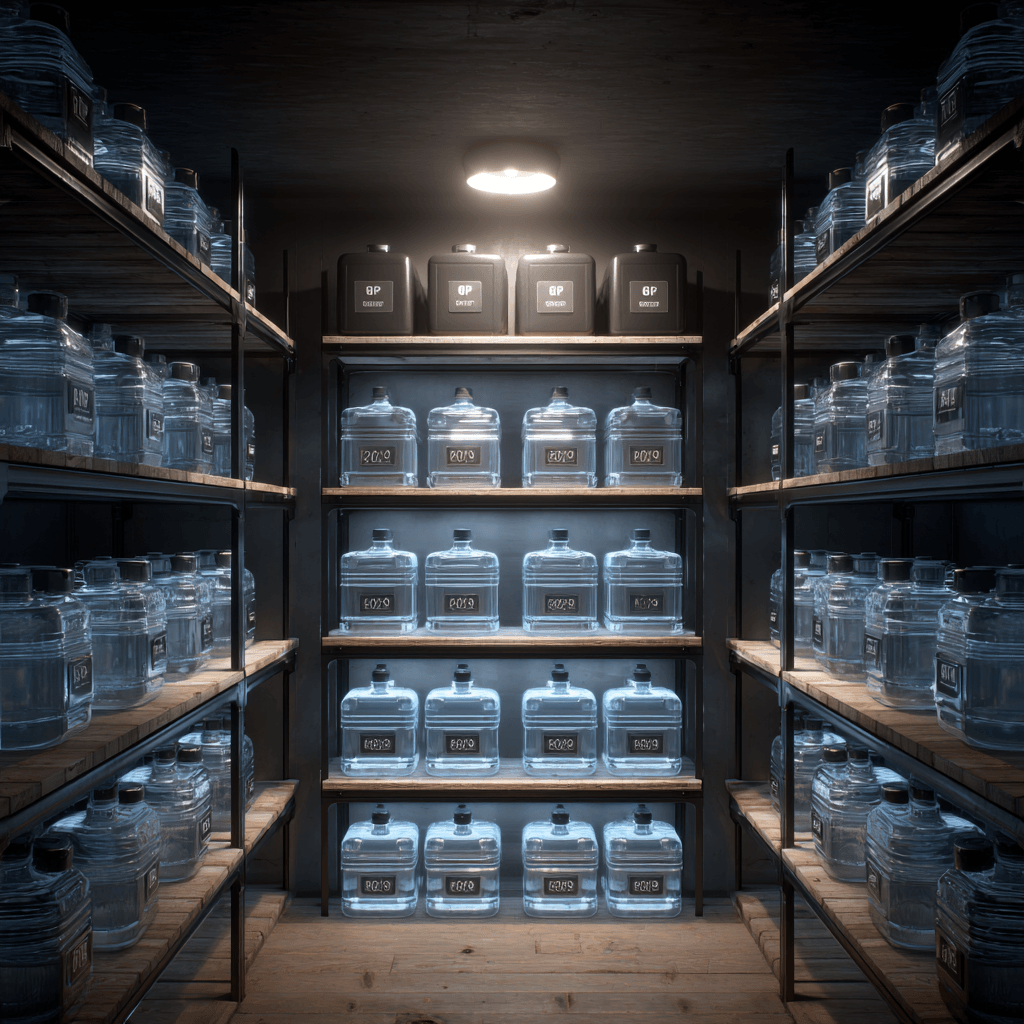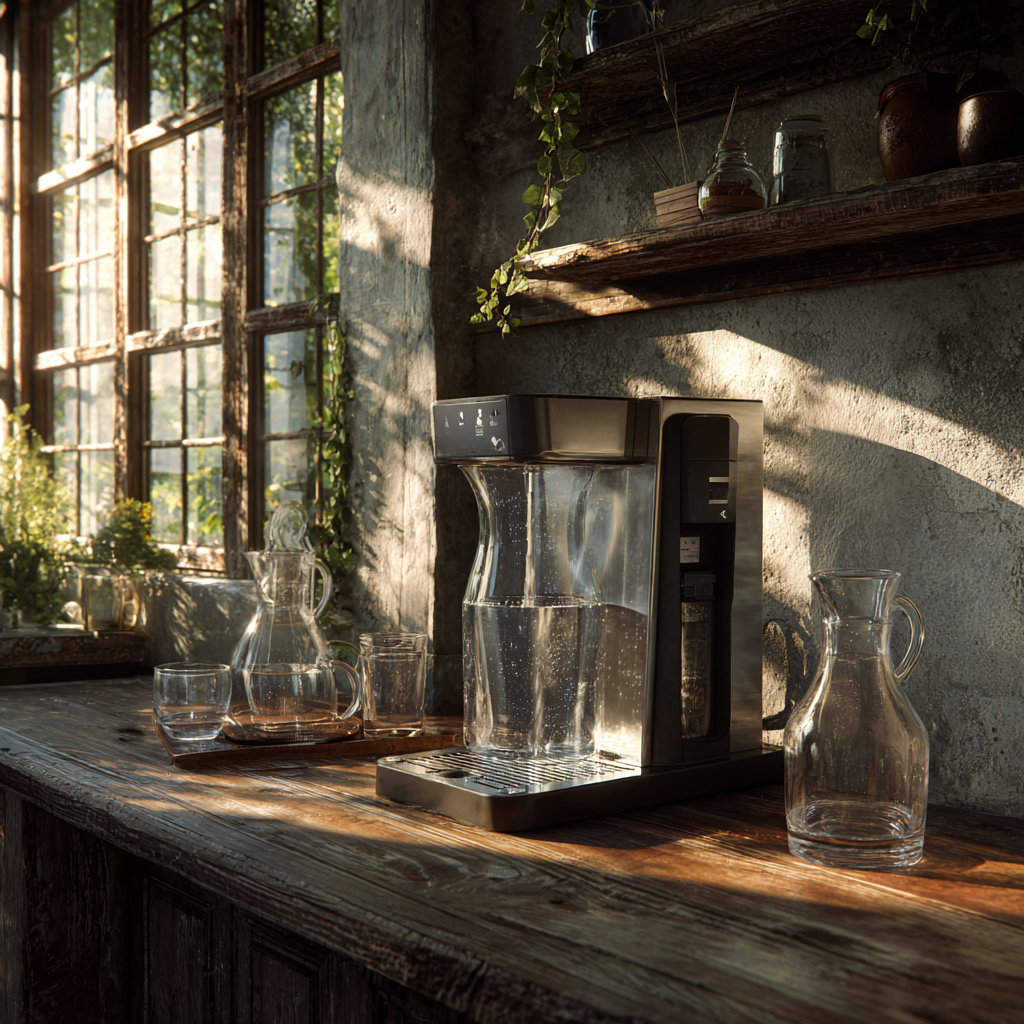When the water stops flowing from the tap, you don’t have days to figure things out—you have minutes.
Without clean drinking water, you can’t cook, clean, or stay healthy. That’s why every home needs a simple 72-hour water plan.
Follow these 5 steps and your family will be ready for any outage, storm, or emergency.
Step 1: Know How Much Water You Need
You need at least 1 gallon of water per person, per day.
Drinking: About 2–3 liters
Cooking: About 1 liter
Cleaning: Minimal, but still needed
💡 Example:
A family of 4 needs 12 gallons for 3 days. That’s equal to 24 large 2-liter soda bottles.
Don’t forget:
Pets need water too—add at least 1 quart (about 1 liter) per pet per day.
Hot weather? You’ll need 1.5–2 gallons per person per day.
Step 2: Store Water the Right Way
Water storage isn’t just about having bottles—it’s about keeping it safe.
Use food-grade containers or clean soda bottles.
Rinse with bleach before filling.
Store in a cool, dark place—away from gasoline, paint, or chemicals.
Label containers with the date filled.
💡 Rotation rule: Replace stored water every 6 months to keep it fresh.

Properly labeled and stored water containers ensure your supply stays fresh and safe during emergencies.
Step 3: Purify Water in an Emergency
If you run out of stored water, you’ll need to purify what you can find—rainwater, streams, lakes, or melted snow.
Here’s how:
Boiling: Bring water to a rolling boil for 1 minute (3 minutes if you live in the mountains).
Water purification tablets: Keep a few packs in your emergency kit.
Portable filters: Remove dirt, bacteria, and parasites—easy to carry anywhere.
💡 Tip: Always strain water through a clean cloth before boiling or filtering to remove debris.
Step 4: Make Your Own Water Indoors
Stored water runs out. Purification can be tricky.
But producing water indoors? That’s the ultimate survival move.
Some devices pull moisture from the air—turning it into fresh, drinkable water, even in dry climates.
That’s why I recommend this off-grid water system.
Works without plumbing or city water
Can make up to 30 gallons per day
Small enough to fit in your home or cabin
Runs on very little power

An off-grid water generator can provide a steady supply of clean drinking water—right inside your home
Step 5: Create Your Family Water Plan
Make sure everyone knows the plan before trouble starts.
Assign roles: Who collects water? Who purifies it?
Keep all water gear in one labeled bin for fast access.
Practice boiling, filtering, and measuring water so it’s second nature.
💡 Extra Tip: Mark the minimum water line on your containers. This helps you see when it’s time to restock or produce more.
Final Thoughts
Clean water is the first step to survival.
Store it safely
Purify it when needed
Produce it if possible
Start your 72-hour water plan today so you’re never caught unprepared.
If you want the fastest, easiest way to guarantee clean water during any crisis, check out this survival water device.
Reader Bonus:
If you get the device through my link, send me your order confirmation and I’ll send you:
Printable Water Storage Labels
30-Day Water Maintenance Calendar
Emergency Water Ration Calculator
How to Claim Your Bonus:
1. Purchase the water system through my link.
2. Email your receipt to mail@aatfsurvivalguide.com.
3. I’ll reply with your printable Water Storage Labels.
AATF Survival does not agree with all the statements provided in the given content.
Your source for expert survival strategies and emergency preparedness tips.
Privacy policy | Terms of use | Cookies

